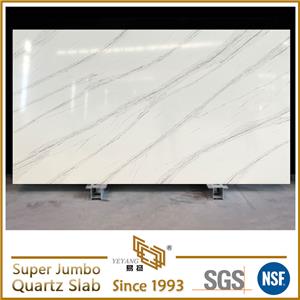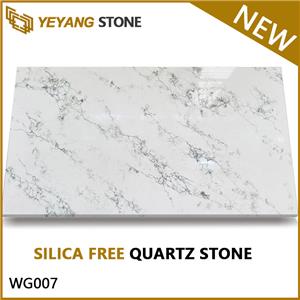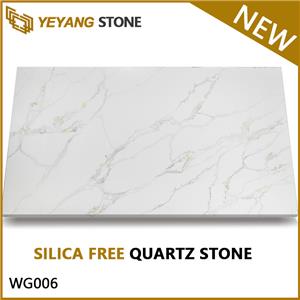Quartz Radiation Panic? Is Quartz Stone Harmful to the Human Body?
With the continuous development of modern home decoration, quartz slab has become a popular choice for kitchen countertops, bathroom vanities, and other home renovations due to its durability, easy maintenance, and aesthetic appeal. Its excellent physical properties and wide range of colors make it an ideal option for consumers. However, in recent years, a panic about quartz stone radiation has spread among consumers, fueled by some information circulating on the internet and in media outlets. This panic has not only affected quartz stone market sales but has also made some consumers hesitant when choosing home materials.
1. What is Quartz Stone?
Quartz stone, an engineered composite material primarily composed of 90-94% ground natural quartz crystals (SiO₂) bound with 6-10% polymer resins and pigments, is a high-performance surface widely utilized across industries due to its exceptional durability and aesthetic versatility. Formed through vacuum vibration compression and high-temperature sintering (1200-1500°C), this non-porous material achieves a density of 2.4-2.6 g/cm³ with a Mohs hardness of 7, outperforming natural granite and marble in scratch, heat (resistant up to 300°C), and stain resistance. Its applications span residential, commercial, and institutional environments: in homes, it dominates kitchen countertops, backsplashes, shower walls, and vanity surfaces; in commercial spaces, it serves as bar tops, restaurant workstations, and retail display surfaces; in public infrastructure, it appears as hospital lab benches, subway station claddings, and airport check-in counters. You’ll encounter quartz stone products daily in IKEA kitchen islands, Starbucks countertops, luxury hotel lobbies, and even high-end furniture like tempered glass-supported quartz tabletops. Its UV-stable variants are increasingly used for outdoor kitchen surfaces and building facades, while ultra-compact versions (2-3 cm thickness) now replace traditional flooring materials. With customizable patterns mimicking marble veins, concrete textures, or terrazzo aesthetics, quartz stone balances functionality and design, meeting NSF/ANSI 51 food safety standards for direct contact and GREENGUARD certification for low VOC emissions, ensuring safe exposure in both private living spaces and high-traffic public areas.
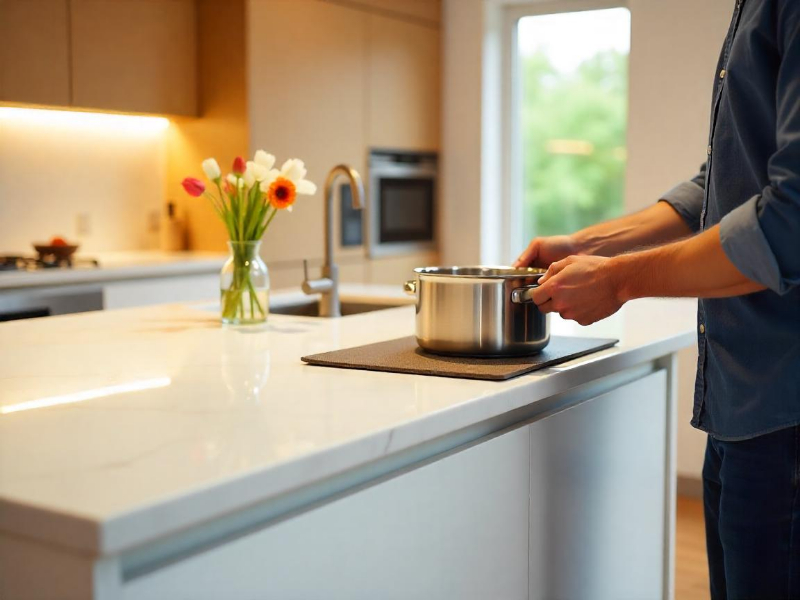
(Yeyang quartz stone kitchen quartz island in daily use)
2. Quartz Stone Radiation Issues
The radiation-free safety of quartz stone for human health stems from the synergistic interaction between materials science and manufacturing processes. Natural quartz stone, composed of over 90% high-purity quartz crystals (SiO₂), this mineral forms in shallow crustal layers with naturally low radioactive element content—only 8%-12% of that found in granite—and baseline uranium/thorium nuclide levels below 3 ppm. As a mineral, quartz stone contains trace amounts of radioactive elements such as uranium (U), thorium (Th), and radon (Rn). However, the radioactivity of these elements is very low, and the radiation level of natural quartz is usually around 0.1 microSieverts (μSv/h). According to the standards set by the International Commission on Radiological Protection (ICRP) and the World Health Organization (WHO), radiation levels below 1 μSv/h are considered safe and do not pose a risk to human health. The radiation levels of quartz stone are typically far below this standard, making them virtually harmless to human health.
Compared to other radiation sources encountered in daily life, the radiation from quartz stone is negligible. Each person is exposed to approximately 2-3 millisieverts (mSv) of radiation daily, while the radiation from quartz stone is far lower than this amount. Besides, Boasting a Mohs hardness of 7, heat resistance up to 300°C, and corrosion resistance across pH 2-12, quartz stone eliminates radioactive leakage risks from abrasion or chemical exposure. Thus, those quartz countertops, kitchen islands, or lab surfaces you may contact everday is fully comply with the required standard, maintaining zero radiation emission even under prolonged exposure to cookware heat or acidic/alkaline liquids, ensuring absolute safety for residential and commercial applications. Consumers can confidently choose these products without radiation concerns.
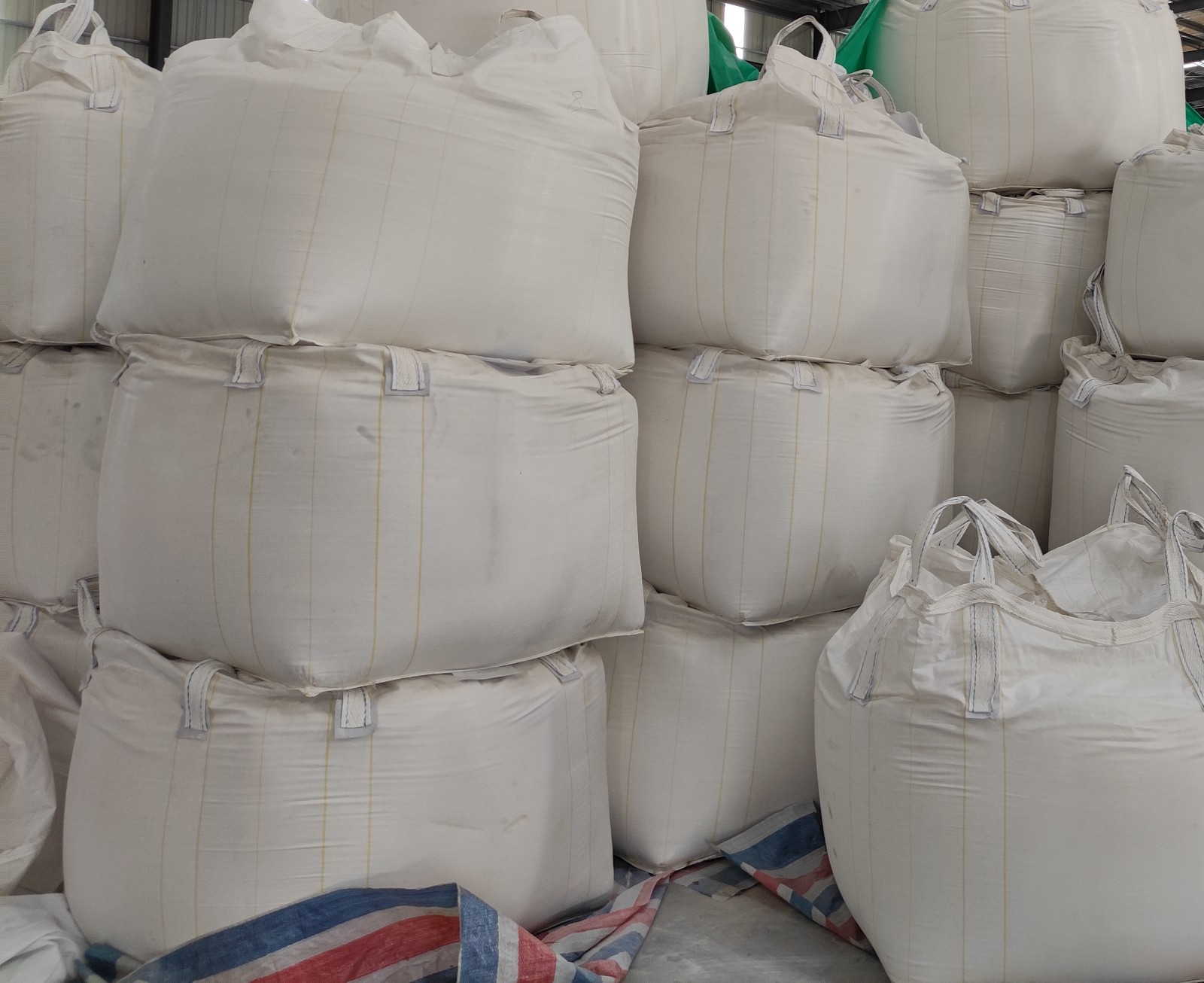
(Yeyang Quality Quartz Stone Raw Material)
3. How to Identify the Quality of Quartz Stone
Although quartz stone itself has low radiation levels, some low-quality quartz stones may use substandard raw materials or low-quality resins, which may release harmful gases, affecting indoor air quality. Consumers should be cautious and choose certified quartz stone products. High-quality quartz stone products undergo rigorous quality control and meet international safety standards (such as CE, SGS, NSF certifications), ensuring they are safe for human health. Yeyang quartz stone slab produced by our owned factory strictly adheres to these standards, and consumers can choose our products with confidence.
When purchasing quartz stone, consumers can initially assess its quality by checking for smoothness, uniformity, and the absence of cracks or air bubbles on the surface. First, examine the surface finish—a high-quality quartz slab should have a smooth, even texture without visible pores, cracks, or discoloration. Color consistency across the slab is also important, as uneven patterns may indicate poor manufacturing. Tap the surface lightly; a dull sound may suggest internal voids or low density. Check the thickness of the slab—standard quality slabs are typically 15mm or 20mm thick and should be uniform throughout. Review the composition, ensuring a high quartz content (typically over 90%) as it affects durability and hardness. Next, inspect for certifications like CE, SGS, or NSF, which demonstrate that the product meets international safety and quality standards. It’s also advisable to request a test report for radiation, water absorption, and chemical resistance. A reputable supplier should provide documentation and allow you to inspect multiple slabs for consistency. Finally, consider the warranty and brand reputation; trustworthy brands stand behind their products with clear guarantees. (Yeyang has over 30 years of industry experience since its establishment and has formed long-term partnerships with more than 100 suppliers worldwide. Highly praised by customers, a brand you can trust.)Taking the time to evaluate these aspects will help ensure you're investing in a durable, safe, and visually appealing quartz slab suitable for long-term use in your kitchen or bathroom.

(Yeyang quartz slab surface from real customer case)
Overall, the radiation levels of quartz stone are extremely low and far below the threshold that could pose a threat to human health. Consumers need not worry about the radiation from quartz stone. Choosing high-quality quartz stone products that meet international safety standards is crucial to ensuring the safety and health of home renovations. By selecting certified brands, consumers can confidently enjoy the aesthetic and practical benefits of quartz stone. If you’re looking for trusted quartz solutions or have any interest in quartz slab, quartz countertop, quartz vanity top or other quartz slab products, feel free to contact us — we’re here to help.
Yeyang Quartz Stone is the leading exporter and manufacturer of Quartz Slabs in China sice 2012. We offer more than 300+ quartz slabs,including white, grey,blue,green,beige,red, black quartz slab etc.
Our main products include wholesale quartz slabs, customized quartz slabs, quartz kitchen countertops, quartz bathroom countertops, cut/pre-fabricated slabs, marble, granite, and more.
If you are interested, feel free to contact us.

